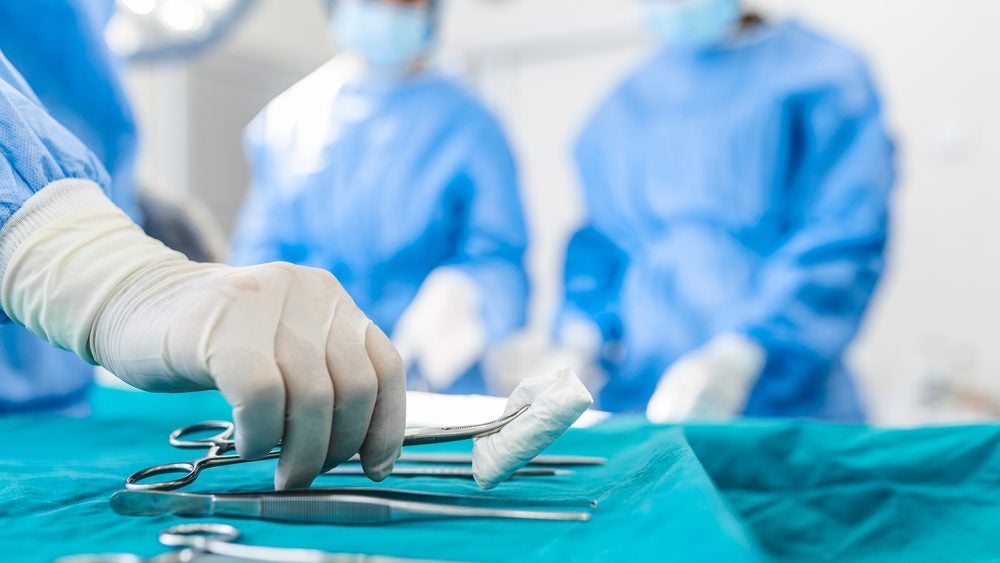The global trauma fixation market is predicted to grow at a compound annual growth rate (CAGR) of 2.2% to reach $7.41bn by 2022, a marginal increase from $6.4bn in 2015, according to a GlobalData report.
Titled ‘MediPoint: Trauma Fixation – Global Analysis and Market Forecasts’, the report states that the trauma fixation market covers 39 markets and comprises of internal and external fixation devices to treat and manage bone fractures. The report highlights factors that are slowing the market growth including global reimbursement and regulatory limitations, as well as the preference for locally-manufactured implants in emerging markets.
The process of introducing new products to the market is riddled with high-development and financial commitment that is needed to prove the efficacy of the device. This creates hurdles especially for orthopaedic devices as their outcome is evident only after a long period. The US 510(k) regulatory process states that a new device should prove that it is substantially equivalent to a predicate device before seeking approval from the Food and Drug Administration (FDA).
The global trauma fixation market has slowed down as a result of medical device regulations and a lengthy approval process. Inadequate insurance coverage has also resulted in insufficient reimbursements making patients wary of the high-cost of surgery involved in fixation devices.
Jennifer Ryan, GlobalData’s Analyst covering Medical Devices, explains, “Developed nations have seen decreasing orthopaedic reimbursement rates in recent years, driven by a desire to maintain low healthcare costs in the face of the rising number of fraction fixation procedures.
“In turn, this has forced manufacturers to lower implant prices in order to stay competitive.”
How well do you really know your competitors?
Access the most comprehensive Company Profiles on the market, powered by GlobalData. Save hours of research. Gain competitive edge.

Thank you!
Your download email will arrive shortly
Not ready to buy yet? Download a free sample
We are confident about the unique quality of our Company Profiles. However, we want you to make the most beneficial decision for your business, so we offer a free sample that you can download by submitting the below form
By GlobalDataThe GlobalData report also reveals certain factors that support the growth of the global trauma fixation market despite all the hurdles. These include growing elderly population, increase in motor vehicle accidents, and increasing prevalence of fracture risk factors such as obesity and osteoporosis.







